
Daniel B. Chastain, PharmD, BCIDP, AAHIVP, clinical assistant professor at the University of Georgia College of Pharmacy, explains antiretroviral stewardship.

Daniel B. Chastain, PharmD, BCIDP, AAHIVP, clinical assistant professor at the University of Georgia College of Pharmacy, explains antiretroviral stewardship.

Max Brito, MD, MPH, remarks on the underrepresentation of transgender women in HIV and other sexual health research.

Ryan K. Shields, PharmD, MS, reacts to research presented at IDWeek 2019 on cefiderocol versus high-dose meropenem for patients with nosocomial pneumonia.
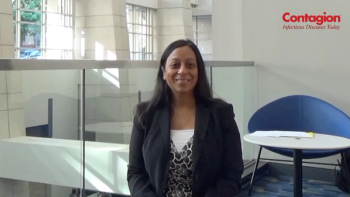
A study by Shikha Garg, MD, MPH, and her team with the US Centers for Disease Control and Prevention boosts the evidence base for the benefit of influenza vaccination.
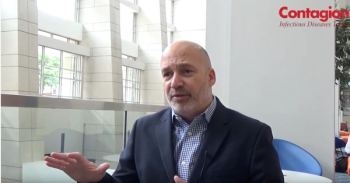
Max Brito, MD, MPH, discusses his presentation from IDWeek 2019 which compared HIV treatment in a community-based model versus a hospital-based model in Chicago.

Erin McCreary, PharmD, BCPS, BCIDP, shares her takeaways from IDWeek 2019.
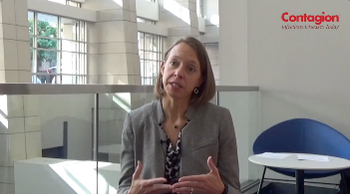
Angela Campbell, MD, MPH, details a study on influenza vaccine effectiveness in children with respiratory illness.
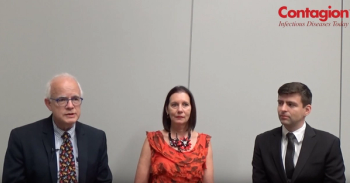
Pavel Prusakov, PharmD, highlights how he educated pharmacists from South Africa to lead antimicrobial stewardship programs in the NICU with Pablo J. Sánchez, MD, and Debra Goff, PharmD.

Gregory Felzien, MD, AAHIVS, discusses barriers to HIV care, particularly in neglected rural areas.
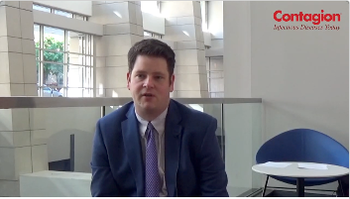
Samuel L. Aitken, PharmD, MPH, shares the lessons learned from a case study on a patient with Stenotrophomonas maltophilia infection.

Elizabeth Hirsch, PharmD, and Delaney Hart, PharmD, discuss their poster at IDWeek 2019.
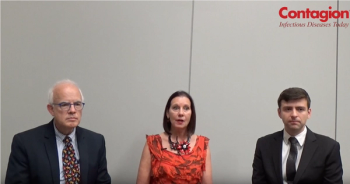
Debra Goff, PharmD, shares how the "Train-the-Trainer" program was implemented in South Africa with Pablo J. Sánchez, MD, and Pavel Prusakov, PharmD.

Deanna Buehrle, PharmD, discusses her study on bloodstream infections in solid organ transplant recipients.

Candidemia is the fourth most common health care-associated infection. To improve hospitalized patients’ safety, infectious disease physicians should be consulted.

Keith S. Kaye, MD, MPH, discusses the current treatment landscape for pneumonia in the ICU setting, and previews the topline results of the phase 3 RESTORE-IMI 2 trial.

Pablo J. Sánchez, MD, discusses the need for NICU stewardship with Debra Goff, PharmD, and Pavel Prusakov, PharmD.

Health officials provide 4 strategies to improve C auris surveillance efforts.

Newborn dried blood spot testing is not sensitive enough to diagnose all cases of congenital cytomegalovirus (cCMV) in infants with sensorineural hearing loss.

Helen Chu, MD, MPH, discussed the "Seattle Flu Study" with Contagion at IDWeek 2019.

Elizabeth Hirsch, PharmD, previews her piece with Mélanie Mahoney, PharmD student, on 2019 updates to CLSI breakpoints.
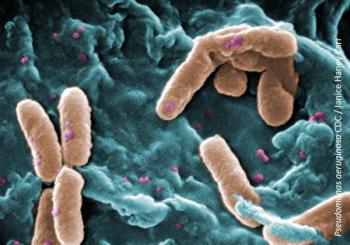
In the absence of interpretive criteria, Fosfomycin has been used to treat Psuedomonas aeruginosa infections, but new research suggests that this option should be evaluated further.
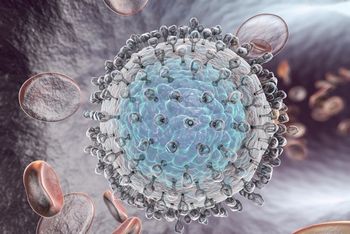
Millennials are a major population affected by the opioid crisis, which has now translated to an increase in hepatitis C virus infections among the generation.

Long-term care facilities participating in a statewide initiative in Nebraska saw improvements in antimicrobial stewardship, including drops in antibiotic starts and C diff infections.
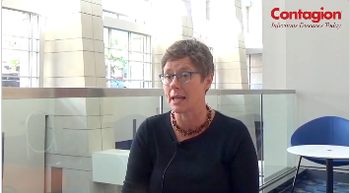
Hermione Hurley, MD, MCBhB, discusses the intersection of substance use disorder and infectious disease.
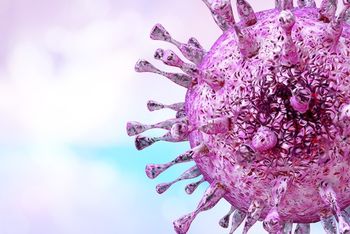
A team of investigators set out to evaluate if administering CMV HIG to women with primary CMV infection during pregnancy could reduce congenital infections.
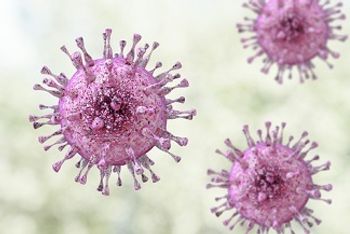
In a late-breaking presentation at IDWeek 2019, investigators from Israel sought to evaluate the effect of the antiviral drug valacyclovir on the rate of vertical transmission of CMV.
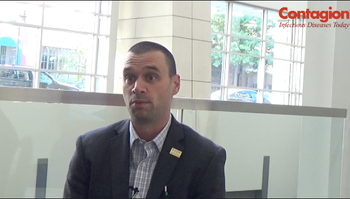
Jason Pogue, PharmD, BCPS, BCIDP, shares that SIDP will become the fifth partner in IDWeek, joining the Infectious Diseases Society of America, the HIV Medicine Association, the Pediatric Infectious Diseases Society, and the Society for Healthcare Epidemiology of America.

Machine learning prediction accuracies ranged from 75.6% (P aeruginosa and ceftazidime; 90/119 correctly predicted) to 98.1% (P aeruginosa and amikacin; 105/107 correctly predicted).
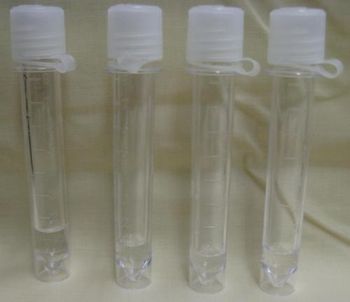
In results presented at IDWeek2019, investigators demonstrated a distinct “signature” of AFM in blinded cerebrospinal fluid samples >80% of the time.

The risk of incident DM was more substantial with INSTIs vs. NNRTIs (HR=1.22; CI: 0.95-1.57), and a similar rate was noted with PI- vs. NNRTI-initiators (HR=1.25; CI: 1.05-1.49).